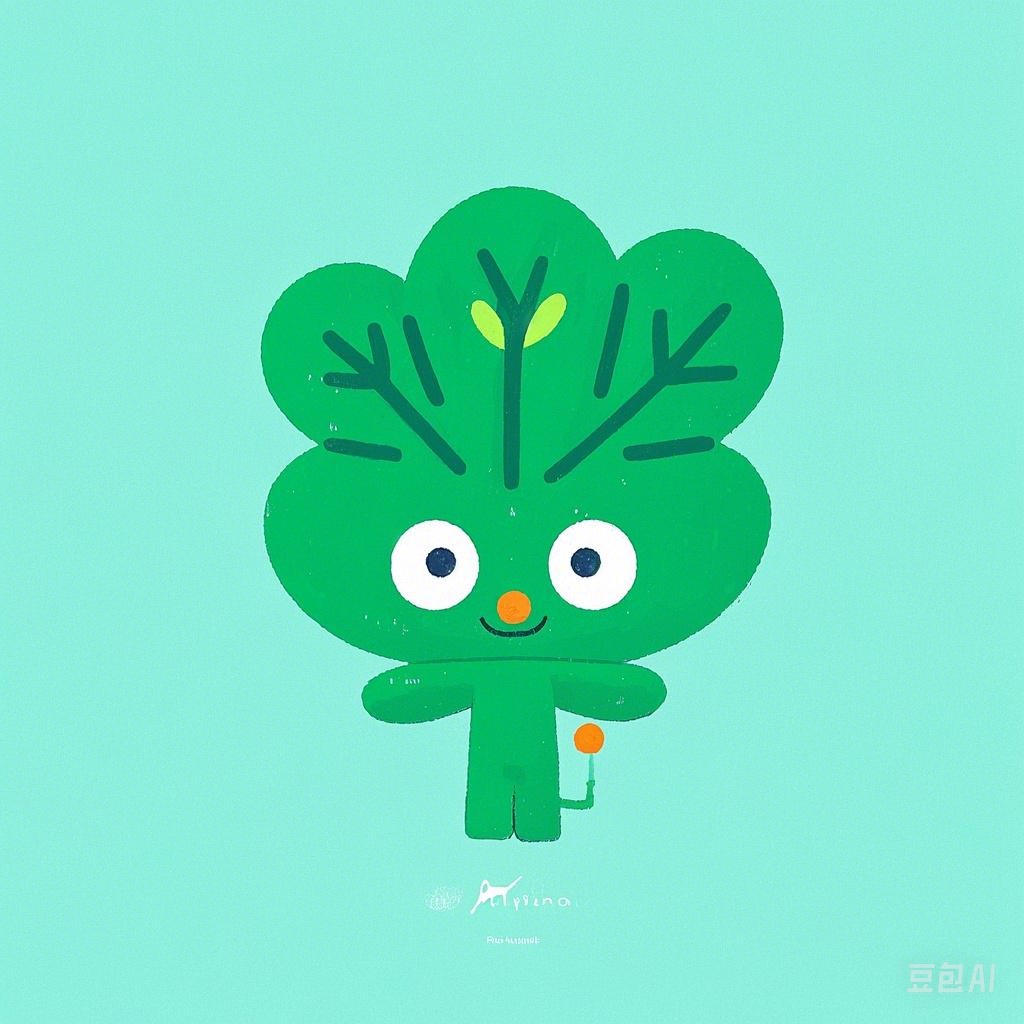Introduction
In today’s fast-paced world, where technology often dominates the lives of children, it is crucial to introduce them to the beauty and importance of nature. High-resolution eco-friendly picture books offer an excellent way to spark curiosity about the environment and foster a love for wildlife. This article will delve into the benefits of such books, highlight some notable titles, and provide tips for selecting the right ones for your little ones.
The Benefits of High-Resolution Eco-Friendly Picture Books
1. Environmental Awareness
Eco-friendly picture books are designed to educate children about the importance of conservation and sustainability. By showcasing the wonders of nature, these books can instill a sense of responsibility and appreciation for the world around them.
2. Cognitive Development
Engaging with high-resolution images can stimulate a child’s imagination and cognitive development. The detailed illustrations can help children learn about different species, ecosystems, and natural phenomena, enhancing their understanding of the natural world.
3. Emotional Connection
Nature has a unique way of calming the mind and soothing emotions. Picture books that celebrate the beauty of nature can help children develop a deeper emotional connection with the environment, fostering a sense of wonder and awe.
Notable Titles in High-Resolution Eco-Friendly Picture Books
1. “The Very Hungry Caterpillar” by Eric Carle
This classic book not only tells the story of a caterpillar’s transformation but also introduces children to the different foods and plants found in nature. The vibrant illustrations are sure to capture their attention and spark curiosity.
2. “Where the Wild Things Are” by Maurice Sendak
While not exclusively an eco-friendly book, “Where the Wild Things Are” offers a whimsical look at the natural world through the eyes of a young boy. The lush, detailed illustrations bring the wild things to life and encourage children to explore their own imagination.
3. “The Lorax” by Dr. Seuss
This beloved story highlights the importance of conservation and the impact humans have on the environment. The colorful illustrations and playful rhymes make it an engaging read for children of all ages.
Tips for Selecting Eco-Friendly Picture Books
1. Look for Books Printed on Recycled Paper
Many eco-friendly picture books are printed on recycled paper, which helps reduce the carbon footprint associated with their production.
2. Choose Books with Sustainable Cover Materials
Some publishers use sustainable materials like recycled plastic or biodegradable materials for the covers of their books.
3. Read Reviews and Recommendations
Before purchasing a book, read reviews from other parents and educators to ensure it meets your expectations and aligns with your child’s interests.
4. Encourage Interaction
Look for books that offer opportunities for children to interact with the text and illustrations, such as lift-the-flap or pop-up books.
Conclusion
High-resolution eco-friendly picture books are an invaluable resource for teaching children about nature, conservation, and the importance of sustainability. By selecting the right titles and fostering a love for the natural world, we can help ensure that the next generation grows up with a deep appreciation for our planet’s wonders.
